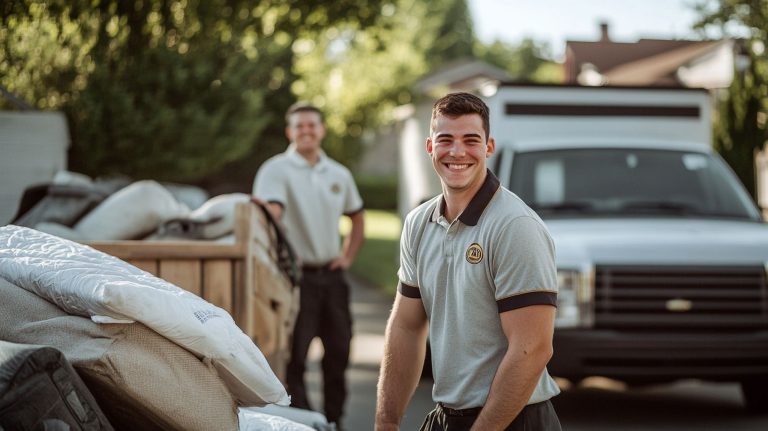Hoarding is closely related to psychological and emotional aspects, not only to the piling-up of objects. Regarding hoarding cleanout, the procedure can be daunting for the person impacted as well as for those helping them. Approaching the cleanup process with care, compassion, and patience is absolutely vital.
- Recognize the emotional impact: Dealing with a hoarding clean-up starts with knowing the emotional weight of the circumstances. For many people, the objects they gather reflect comfort, protection, or even memories. Letting go of items could feel as though one is losing a part of herself. This emotional link might cause the process to be uncomfortable and generate resistance to letting go of objects.
- Collaborate among a supportive team: Never try hoarder cleaning by yourself. Having a team that recognizes the psychological elements of hoarding—family member, therapist, professional organizer—helps to streamline the process. Professionals educated in hoarding tendencies can provide direction, a nonjudging environment, and assist in management of any emotional triggers that might surface.
- Establish modest, reasonable objectives: Divide the procedure into smaller, more doable chores instead of overwhelming the person with the possibility of house cleaning from top down. One room or section at a time, then create well-defined, reasonable objectives. As the person advances, this methodical technique allows them to feel successful and lessens anxiety.
- Value the process’s pace: Cleaning out clutter calls time, patience, and emotional support; they are not short remedies. Respect the speed of the person impacted by hoarding and realize that it could take time for them to accept the concept of letting go.
- Offer encouraging comments: Positive reinforcement is absolutely vital during the cleansing process. Stress the advantages of the clean room and the emotional release it can provide instead of the objects being thrown away. Assure them that letting go creates space for fresh experiences rather than deleting memories.
Cleaning hoarding is an emotional trip requiring care and compassion, not only physical effort. You can approach the process with care by realizing the emotional weight, working with a supportive team, creating little goals, honouring the person’s pace, and offering encouraging comments. The ultimate aim is to enable the person to take charge of their environment hoarding cleanout while preserving their dignity and emotional stability.

















+ There are no comments
Add yours